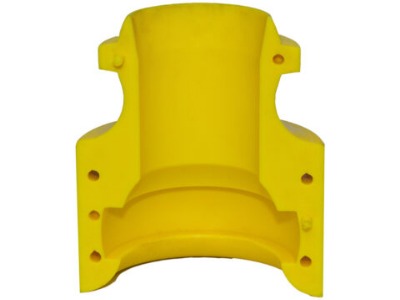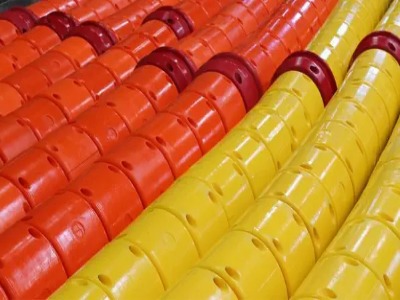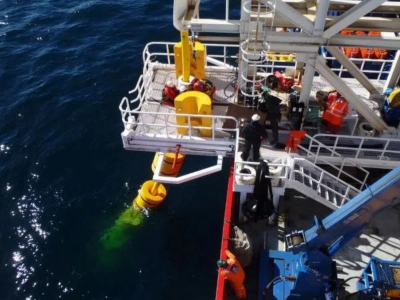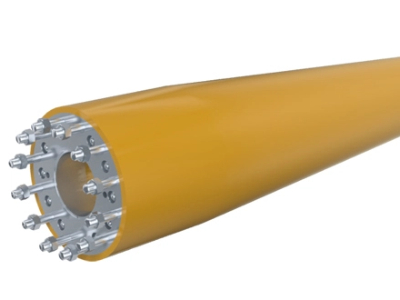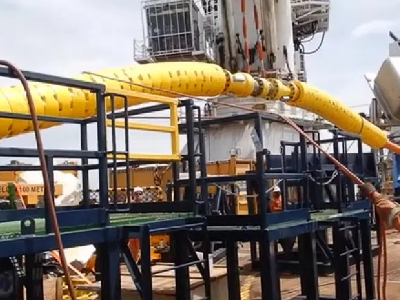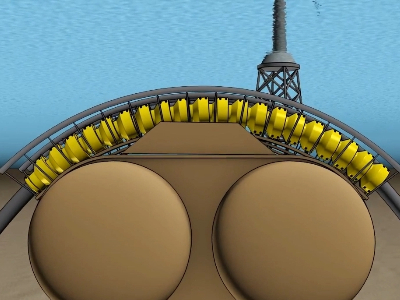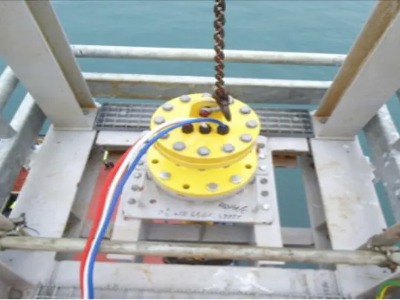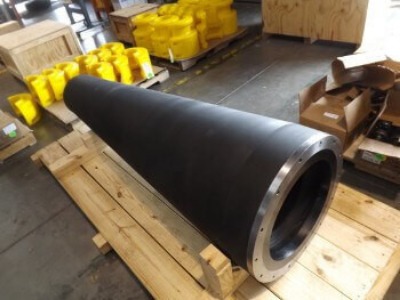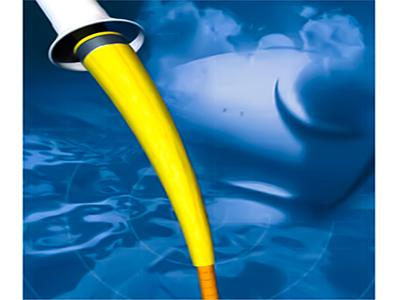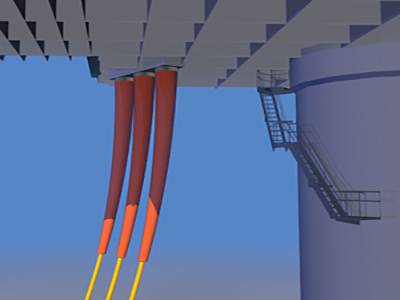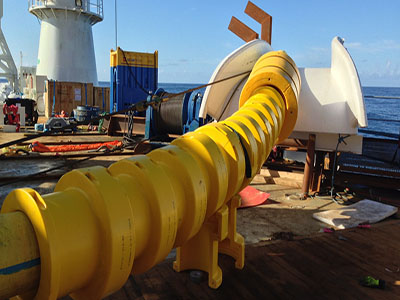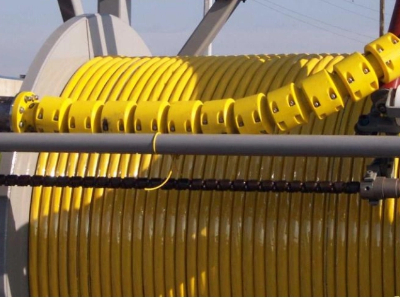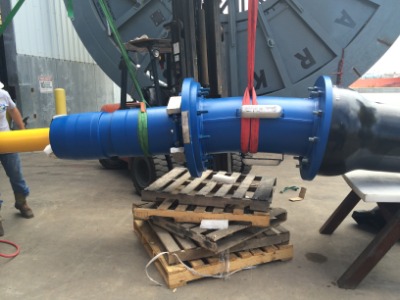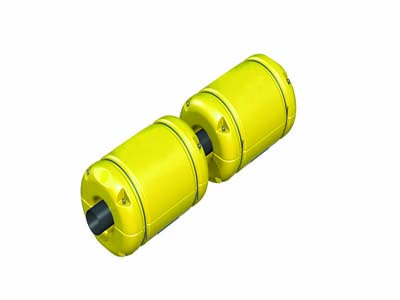Bend restrictors are vital components in offshore energy systems, designed to prevent excessive bending of subsea power cables or flexible pipelines, particularly at vulnerable connection points. Proper installation is essential to ensure long-term cable integrity and operational reliability. This guide outlines the general installation steps, key considerations, and best practices.
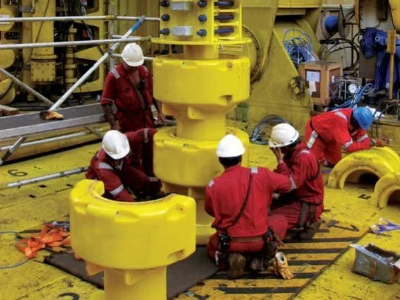
General installation steps
1. Determine the minimum bend radius
Before installation, confirm the cable or pipe’s minimum allowable bend radius to select a bend restrictor that offers adequate protection without over-restraining movement.
2. Select the appropriate bend restrictor
Choose a restrictor based on cable diameter, locking radius, installation environment (e.g., seabed, platform), and whether polyurethane or steel is more suitable for the specific application.
3. Prepare the cable or pipeline
Clean the surface of the cable or pipe where the restrictor will be installed. Ensure it is free from debris, oil, or sharp protrusions that may interfere with a secure fit.
4. Position the bend restrictor
Align the restrictor at the section of the cable most exposed to movement or stress, typically near terminations, J-tube exits, or platform interfaces.
5. Fix the bend restrictor
Secure each module of the restrictor one by one. The vertebrae-like segments interlock to form a continuous protection unit. Depending on the design, locking pins, bolts, or snap-fits may be used.
6. Connect to the structure
In many offshore applications, the restrictor may need to be connected to a fixed structure (e.g., cable hang-off, platform base) using flanges or mechanical clamps.
7. Test and inspect
After installation, visually inspect the entire assembly. Confirm that all modules are locked in place and no gaps exist. Conduct function tests if required by the project specifications.
Installation methods
For offshore wind or oil & gas platforms, bend restrictors can be assembled section by section directly on pre-laid cables or pipelines, either on the platform or via Rov support.
For subsea deployment, such as buried cables or flexible risers, the complete bend restrictor is typically installed onshore before the entire assembly is deployed to the seabed.
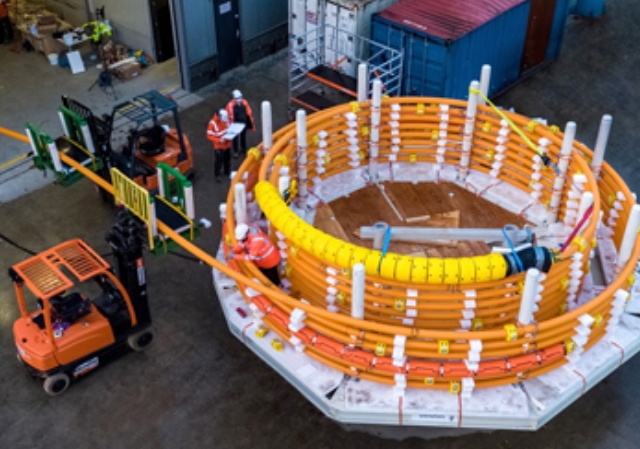
Key considerations
• Terminal installation flexibility
Some bend restrictors are designed to be installed after cable end terminations, allowing flexibility during maintenance or retrofitting.
• Installation time
Modular, symmetrical bend restrictors are fast and simple to assemble, often saving valuable offshore operation time and reducing installation costs.
• Materials
Bend restrictors can be made from polyurethane, reinforced composites, or steel, depending on the load capacity, environmental resistance, and project requirements.
• Buoyancy
Certain models offer neutral buoyancy designs, helping to minimize the load on the cable and reduce strain during suspended installation.
Customization
Restrictors can be tailored to meet specific project needs, including variations in:
• Locking bend radius
• Outer diameter
• Length
• End connection styles (flanged, clamped, threaded, etc.)
Proper installation of bend limiters is essential to safeguarding the mechanical integrity of submarine cables and flexible risers in offshore environments. Whether installed onshore or offshore, attention to bend radius, secure locking, and material compatibility will ensure your system remains protected throughout its operational life.

